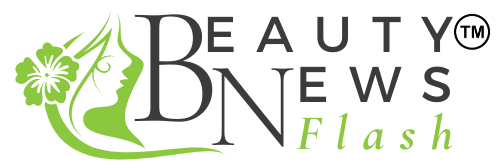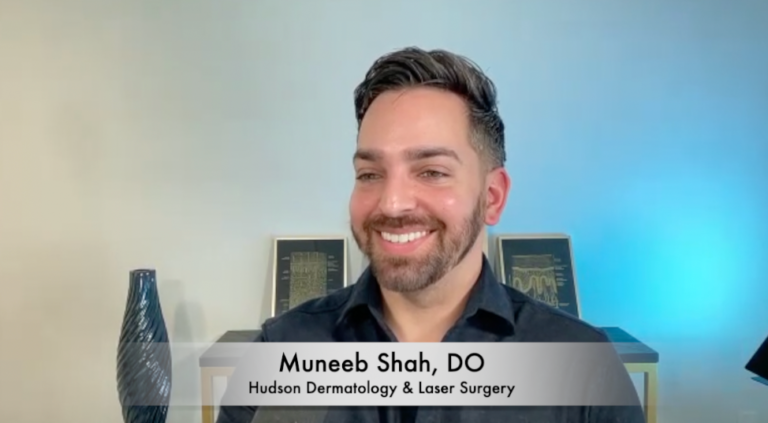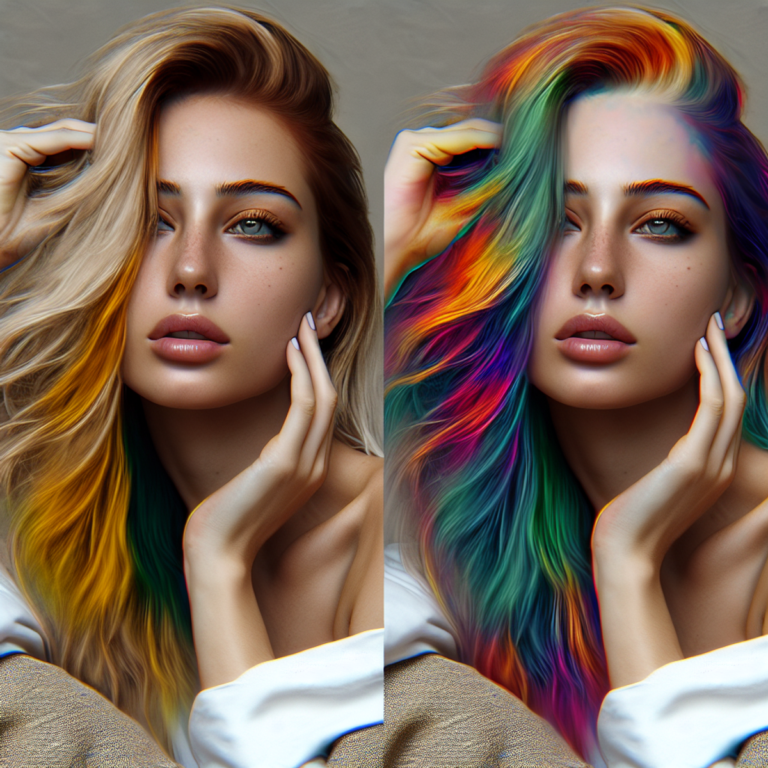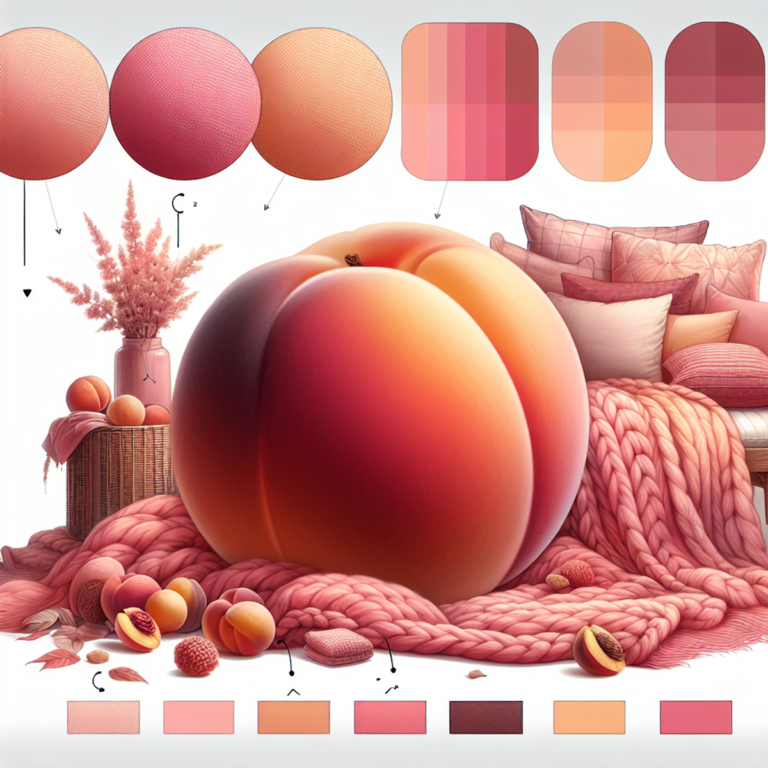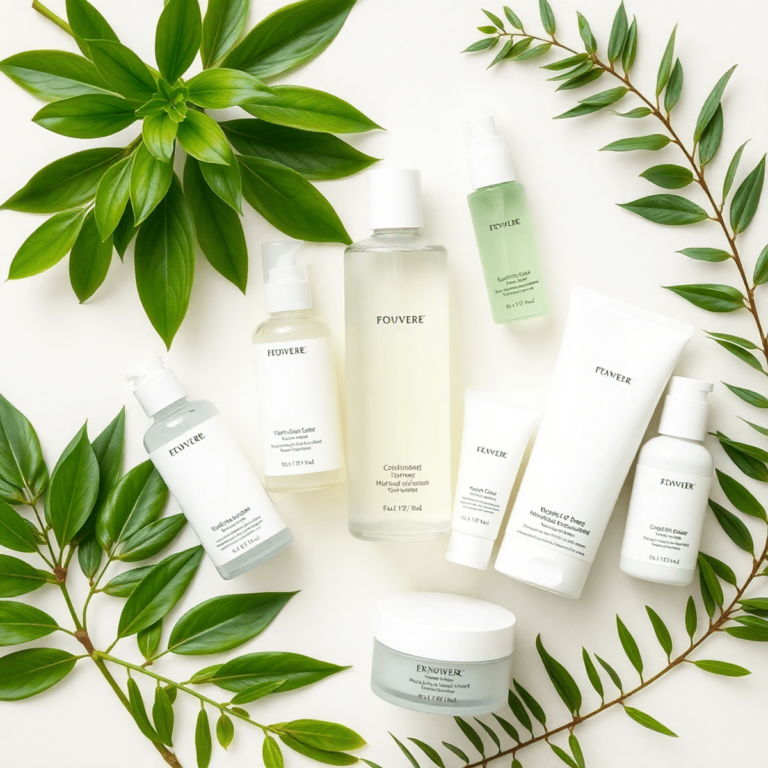Ways to Get Rid of Forehead Acne

Introduction
Forehead acne is a common skin condition that can affect individuals of all ages. It typically shows up as red bumps or pus-filled spots on the forehead and can be caused by various factors, including hormonal changes, stress, genetics, and personal hygiene habits. This type of acne not only affects how we look but also has significant effects on our self-esteem and confidence.
In this article, we’ll explore effective treatment options and preventive measures for managing forehead acne.
Prevalence and Impact
- Forehead acne is common among teenagers and adults due to the high oil production in this area.
- The visibility of acne on the forehead often leads to feelings of self-consciousness and social anxiety.
What You Will Learn
By reading this article, you will discover:
- Understanding Forehead Acne: How blocked pores and other factors contribute to acne.
- Types of Forehead Acne: Differentiating between various forms for effective treatment.
- Effective Treatment Options: From prescription medications to natural remedies.
- Quick Fixes: Home remedies that can reduce swelling and redness overnight.
- Prevention Tips: Maintaining a regular skincare routine and lifestyle adjustments for clearer skin.
By exploring these topics, you will gain valuable insights into managing and preventing forehead acne effectively.
Understanding Forehead Acne
Blocked pores are one of the main reasons behind forehead acne. When excess oil, also known as sebum, mixes with dead skin cells and bacteria, it can clog the pores on your forehead. This blockage creates the perfect environment for acne to form, resulting in anything from small red bumps to more severe pustules.
The Role of Hormones
Hormonal fluctuations play a significant role in the development of acne, particularly during puberty and menstruation. During these periods, your body produces higher levels of certain hormones, such as androgens. These hormones stimulate sebaceous glands to produce more oil. This increased oil production can lead to blocked pores and subsequent breakouts on the forehead.
Environmental Factors
Environmental factors like pollution and humidity also contribute to forehead acne. Pollution particles can settle on your skin and get trapped in your pores, leading to irritation and inflammation. Humidity makes you sweat more; this excess moisture can mix with sebum and dead skin cells to clog pores, worsening acne conditions.
Understanding these key triggers—blocked pores, hormonal changes, and environmental factors—can give you better insight into managing forehead acne effectively.
By focusing on the root causes of forehead acne, you can take actionable steps to reduce its impact on your skin.
Types of Forehead Acne
Forehead acne can show up in different ways, and each type needs its own treatment. Knowing these types will help you better address and treat your specific condition.
Red Bumps
These small, red, inflamed bumps are the most common form of acne on the forehead. They occur when pores become clogged with excess oil and dead skin cells, creating an environment where bacteria can thrive.
Characteristics:
- Small and raised
- Red or pink in color
- Sometimes tender to the touch
Treatment:
- Over-the-counter (OTC) salicylic acid or benzoyl peroxide products
- Regular cleansing to remove excess oil and dead skin cells
Pustules
Pustules are larger than red bumps and contain pus. They form when the walls around your pores break down due to severe inflammation, leading to a more pronounced bump filled with white or yellow pus.
Characteristics:
- Larger than red bumps
- White or yellow center surrounded by red inflammation
- Can be painful
Treatment:
- Topical treatments containing benzoyl peroxide to reduce bacteria
- Avoid picking or squeezing to prevent scarring and further infection
Cystic Acne
This severe form of acne occurs deep within the skin and is characterized by large, painful cysts filled with pus. Cystic acne often results from hormonal fluctuations and may require more intensive treatment compared to other types. For more information about this type of acne, you can visit this page.
Characteristics:
- Large, swollen lumps beneath the skin’s surface
- Painful and tender
- Often leaves scars if not treated properly
Treatment:
- Prescription medications such as oral antibiotics or retinoids
- Professional treatments like corticosteroid injections or chemical peels performed by dermatologists
Knowing how to identify these different forms of forehead acne helps you choose the most effective treatment strategies. Whether you’re dealing with minor red bumps or severe cystic acne, targeted care can significantly improve your skin’s appearance and health. For a deeper understanding of the various types of breakouts, including forehead acne, you can refer to this resource from the American Academy of Dermatology here.
Effective Treatment Options for Forehead Acne
Prescription Medications for Severe Cases
When dealing with severe cases of forehead acne, over-the-counter treatments may not suffice. In such instances, you might need to consider prescription medications. These options are usually recommended when:
- Over-the-counter treatments have been ineffective.
- Acne is causing significant distress or affecting self-esteem.
- There is a risk of scarring.
Types of Medications Available
- Retinoids
- Uses: Help unclog pores and reduce inflammation.
- Examples: Tretinoin (Retin-A), Adapalene (Differin), Tazarotene (Tazorac).
- Application: Typically applied topically in the form of creams or gels.
- Antibiotics
- Uses: Target bacteria that contribute to acne and reduce inflammation.
- Examples: Clindamycin, Erythromycin.
- Application: Can be used topically or taken orally.
- Hormonal Treatments
- Uses: Regulate hormone levels to reduce oil production.
- Examples: Birth control pills, Spironolactone.
- Application: Usually taken orally.
- Isotretinoin
- Uses: A potent oral medication for severe cystic acne.
- Example: Accutane.
- Consideration: Requires close monitoring due to potential side effects.
Natural Remedies to Try at Home
For those who prefer a more natural approach, several remedies can help alleviate forehead acne:
- Aloe Vera Gel
- Known for its anti-inflammatory properties, aloe vera can soothe irritated skin and reduce redness. Apply a small amount to the affected area and leave it on overnight.
- Tea Tree Oil
- With its antibacterial properties, tea tree oil can target acne-causing bacteria. Dilute it with a carrier oil like coconut oil and apply it directly to pimples using a cotton swab.
- Green Tea Extract
- Rich in antioxidants, green tea extract can be applied topically or consumed as a drink to help manage acne.
Professional Treatments for Persistent Forehead Acne
Persistent forehead acne may require professional intervention. Some effective treatments include:
- Chemical Peels
- A dermatologist applies a chemical solution to exfoliate the outer layer of skin, promoting new skin growth and reducing acne lesions.
- Extractions
- Performed by professionals, extractions involve manually removing blackheads and whiteheads without causing further irritation or scarring.
- Laser Therapy
- Uses focused light to treat acne by reducing bacteria and shrinking sebaceous glands.
- Microneedling
- Involves puncturing the skin with tiny needles to stimulate collagen production and improve skin texture.
Being aware of these treatment options empowers you to make informed decisions about managing forehead acne effectively. Whether opting for prescription medications or exploring natural remedies, understanding the available choices helps tailor an approach that best suits your needs.
Natural Remedies to Try at Home
Natural remedies can provide effective and gentle ways to get rid of forehead acne. These options often complement over-the-counter (OTC) treatments such as salicylic acid and benzoyl peroxide, which are commonly recommended for mild acne treatment.
Aloe Vera Gel
Aloe vera is well-known for its soothing and anti-inflammatory properties. Applying aloe vera gel directly to the forehead can help reduce redness and swelling associated with pimples. The gel also contains compounds that promote healing, making it a good option for overnight treatment.
- Application Tip: Apply a thin layer of aloe vera gel to clean skin before bedtime. Leave it on overnight and rinse off in the morning.
Tea Tree Oil
Tea tree oil is another popular natural remedy that boasts antibacterial and anti-inflammatory benefits. It’s particularly useful for treating individual pimples due to its potency.
- Application Tip: Dilute a few drops of tea tree oil with a carrier oil like coconut or jojoba oil. Apply the mixture using a cotton swab directly onto the affected area before going to bed.
Green Tea Extract
Green tea extract is rich in antioxidants and has anti-inflammatory properties that can help soothe irritated skin and reduce acne severity.
- Application Tip: Brew green tea, let it cool, then use a cotton ball to apply it to your forehead. Alternatively, you can purchase green tea extract products designed for topical application.
Honey
Honey has natural antibacterial properties that can assist in controlling acne-causing bacteria. It also helps moisturize the skin without clogging pores.
- Application Tip: Dab a small amount of raw honey on pimples and leave it on for 15-20 minutes before rinsing off with warm water.
Apple Cider Vinegar
Apple cider vinegar contains organic acids that can kill bacteria and dry out excess oil. However, it’s important to dilute it properly to avoid skin irritation.
- Application Tip: Mix one part apple cider vinegar with three parts water. Use a cotton ball to apply the solution to your forehead, leave it on for 5-10 minutes, then rinse off thoroughly.
These natural remedies offer alternative methods for how to get rid of pimples on your forehead overnight. While these options may not replace traditional treatments like retinoids or antibiotics, they can be effective adjuncts in managing mild cases of acne.
Professional Treatments for Persistent Forehead Acne
If you’re dealing with persistent forehead acne that doesn’t respond to over-the-counter treatments, you might need professional help. Dermatologists offer various advanced methods to effectively tackle stubborn breakouts.
Chemical Peels
Chemical peels involve applying a chemical solution to the skin, which helps exfoliate and remove dead skin cells. This treatment can unclog pores and reduce the appearance of acne. Popular ingredients used in chemical peels include salicylic acid and glycolic acid, known for their exfoliating properties.
- Salicylic Acid: Penetrates deep into pores to dissolve excess oil and dead skin cells.
- Glycolic Acid: Aids in removing the outer layer of dead skin, promoting new cell growth.
Extractions
Extractions are performed by dermatologists or licensed skincare professionals. This process involves manually removing blackheads, whiteheads, or other impurities from clogged pores. Proper technique is crucial to avoid scarring or infection.
- Blackhead Removal: Using a sterile tool to gently extract blockages from pores.
- Whitehead Treatment: Carefully puncturing and extracting trapped pus from under the skin.
Prescription Medications
In severe cases, prescription medications might be recommended. These treatments are tailored to individual needs and often require a consultation with a dermatologist.
- Retinoids: Vitamin A derivatives that promote cell turnover and prevent clogged pores.
- Antibiotics: Reduce bacteria and inflammation on the skin.
- Hormonal Treatments: Medications like birth control pills can regulate hormone levels that contribute to acne.
Light Therapy
Light therapy is an effective option for reducing acne-causing bacteria. Blue light therapy targets bacteria, while red light therapy reduces inflammation and promotes healing.
Professional treatments provide targeted solutions for persistent forehead acne. Consulting with a dermatologist ensures you receive personalized care tailored to your specific condition, offering a pathway to clearer skin.
Quick Fixes for Pimples on the Forehead
If you’re looking for overnight treatments and immediate relief from forehead acne, here are some effective home remedies you can try:
1. Ice Packs
Applying an ice pack directly to the affected area can help reduce swelling and redness. Wrap a few ice cubes in a clean cloth and hold it against the pimple for 5-10 minutes. This can minimize inflammation and provide temporary relief.
2. Topical Anti-inflammatory Creams
Over-the-counter creams containing ingredients such as hydrocortisone can alleviate redness and swelling. Apply a small amount to the pimple before bed to help calm irritated skin.
3. Aloe Vera Gel
Known for its soothing properties, aloe vera gel can be applied directly to the pimple. It not only reduces inflammation but also accelerates the healing process. Ensure you use pure aloe vera gel for best results.
4. Tea Tree Oil
This natural antiseptic has anti-inflammatory properties that can help reduce the size of pimples overnight. Dilute tea tree oil with a carrier oil (like coconut or jojoba oil) before applying it to avoid skin irritation.
5. Honey
Honey’s antibacterial properties make it a great spot treatment for pimples. Dab a small amount onto the affected area, leave it on for 20 minutes, then rinse off with warm water. Honey helps to soothe and repair inflamed skin.
These quick fixes offer temporary solutions for reducing pimples on the forehead, providing immediate relief while longer-term treatments take effect.
Preventing Future Breakouts on the Forehead
Cleansing Routine
Maintaining a regular skincare routine is crucial for preventing new pimples from forming on the forehead. Using gentle cleansers suitable for your skin type can remove excess oil, dirt, and impurities without causing irritation. Look for products labeled as non-comedogenic, meaning they won’t clog your pores. Cleansing your face twice daily, especially after sweating or being exposed to pollutants, can make a significant difference.
Lifestyle Adjustments for Clearer Skin Overall
Stress Reduction Techniques
Stress has a direct impact on oil production in the skin. Elevated stress levels can lead to increased sebum production, which can clog pores and result in acne. Practicing mindfulness or engaging in hobbies that promote relaxation, such as yoga or reading, can be beneficial. Techniques like deep breathing exercises and meditation can also help manage stress effectively.
Dietary Impacts on Skin Health
The foods you consume play an essential role in skin health. Diets high in refined sugars or dairy products can exacerbate inflammation and contribute to acne breakouts. To support a clearer complexion:
- Incorporate more fruits and vegetables into your meals.
- Include healthy fats such as omega-3 fatty acids found in fish and flaxseeds.
- Stay hydrated by drinking plenty of water.
Some studies suggest that low-glycemic diets may reduce acne severity by stabilizing blood sugar levels.
Avoiding Irritating Products
Using non-comedogenic skincare and hair products is key to reducing the risk of clogged pores. Avoid heavy creams and opt for lightweight moisturizers. When it comes to hair care products, steer clear of those containing oils that might run onto your forehead and cause breakouts.
By following these practices, you create an environment less conducive to acne formation on your forehead, promoting healthier, clearer skin.
Conclusion
To effectively manage forehead acne, it’s important to take a holistic approach that targets both the symptoms and underlying causes. This includes incorporating customized skincare routines, professional treatments, and lifestyle changes for comprehensive solutions.
Here are some key measures you can take:
- Use non-comedogenic products consistently
- Cleanse your face regularly with gentle cleansers
- Try natural remedies such as aloe vera and tea tree oil
- Seek professional help if the acne persists
Additionally, understanding how factors like diet, stress, and hormonal changes affect your skin can further improve your efforts in maintaining a clear complexion.
FAQs (Frequently Asked Questions)
What causes forehead acne?
Forehead acne can be caused by a variety of factors including blocked pores, hormonal changes, and environmental influences such as pollution and humidity. These elements contribute to the development of acne by clogging the skin’s pores and increasing oil production.
What are the different types of forehead acne?
Forehead acne can manifest in several forms, including red bumps, pustules, and cystic acne. Understanding these types is crucial for effective treatment, as each type may require a different approach to management.
What treatment options are available for forehead acne?
Effective treatment options for forehead acne include over-the-counter products containing salicylic acid or benzoyl peroxide for mild cases, as well as prescription medications like retinoids, antibiotics, and hormonal treatments for more severe cases.
Are there natural remedies that can help with forehead acne?
Yes, natural remedies such as aloe vera gel and tea tree oil have been shown to be beneficial in treating forehead pimples. These remedies can provide soothing effects and help reduce inflammation when applied topically.
How can I prevent future breakouts on my forehead?
Preventing future breakouts involves maintaining a regular skincare routine with gentle cleansers suitable for your skin type, using non-comedogenic products, managing stress levels, and adopting a balanced diet rich in fruits and vegetables while minimizing refined sugars and dairy.
What quick fixes can I use for pimples on my forehead?
For immediate relief from pimples on the forehead, home remedies such as applying ice packs or topical anti-inflammatory creams can help reduce swelling and redness overnight.
